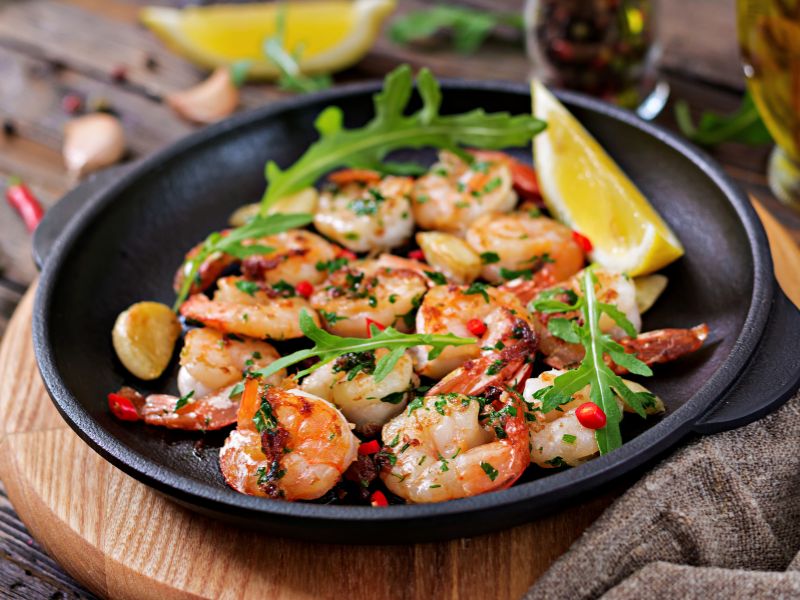Consumers are increasingly interested in eating a plant-based diet.
The percentage of people who identify as vegan in the U.S., is anywhere between 3% and 6%, up from 1% in 2014; but the number of people who are interested in occasionally including more plant-based options in their diet is undoubtedly much higher, with vegan food trending all over the world, thanks to concerns about climate change, animal welfare, and personal health. For those reasons, it’s smart to include some plant-based options in your holiday menu, and here are a few tips on how to do it.
Embrace the Whole Veg
When eliminating or reducing animal protein in a meal, one way to create a dramatic and satisfying centerpiece is to use the whole vegetable. Cauliflower, cabbage, and fall squashes like acorn and butternut are perfect for this because each of them are great for roasting and can be embellished with various sauces and toppings. Look for balance here — bring in crunch with nuts or fried elements like crispy shallots; add creaminess with cashew-cream or vegan yogurt-based sauces.
Marvelous Mushrooms
There are so many exciting, versatile varieties of mushrooms that are perfect for holiday dining. Chicken of the woods mushrooms have a texture and flavor that’s similar to a boneless chicken breast, which makes them well-suited for frying and sauteing as you would chicken. One of my favorite mushrooms to use is lion’s mane; these have a flaky texture and slightly crabby flavor, so naturally they’re an excellent ingredient to use for plant-based crab cakes.
More commonly found mushrooms, like crimini, shiitake, and oyster can add a depth of umami flavor in dishes from hearty soups to sides like stuffing or even a simple garlic and herb mushroom saute.
Great Grains
Grains are an excellent source of fiber, vitamins, and minerals (and, in the case of quinoa, which is actually a seed but gets treated like a grain, a good source of protein), so building dishes around them is a smart choice for a plant-based menu. If you’re interested in creating nutrient-dense grain dishes, look to whole grains and ancient grains, like farro, freekeh, and sorghum. These can be cooked to a fluffy consistency or coaxed into a risotto-like creaminess, and they provide a good canvas for flavors, so it’s easy to bring them into your cooking point of view.
Check Your Pulses
Pulses, the family of food that includes dried peas, lentils, and beans, including chickpeas, are an excellent choice for plant-based menus because they provide protein (and other great stuff), and they’re easy to cook in a variety of ways, from soups to using them to replace proteins in burger-style patties or other applications. One of my favorite uses for chickpeas, for example, is in a smashed salad that works like tuna salad, texturally, but with great flavor. Lentils are another favorite of the pulse family. Try them in curries, soups, and even chilled lentil salads.
Fruit & Nuts
A plant-based menu can be challenging for desserts, but in this case, it’s better to think about what you can have than what you can’t have. Citrus fruit and nuts like pecans and hazelnuts are good starting points for developing plant-based desserts, and there are lots of exciting natural substitutes for dairy ingredients, like aquafaba for egg whites, flax seeds for eggs, coconut milk and cashews for cream, and bananas for body and leavening.
A good rule of thumb when creating plant-based desserts, especially if you’re converting them from dairy-based desserts, is to look at the function of the ingredient you’re changing. For example, if you’re taking out eggs, look at what the egg does for that recipe. It probably adds fat (yolk) and structure (whites), so you may need to include more than one ingredient to achieve both elements in your new dessert.



